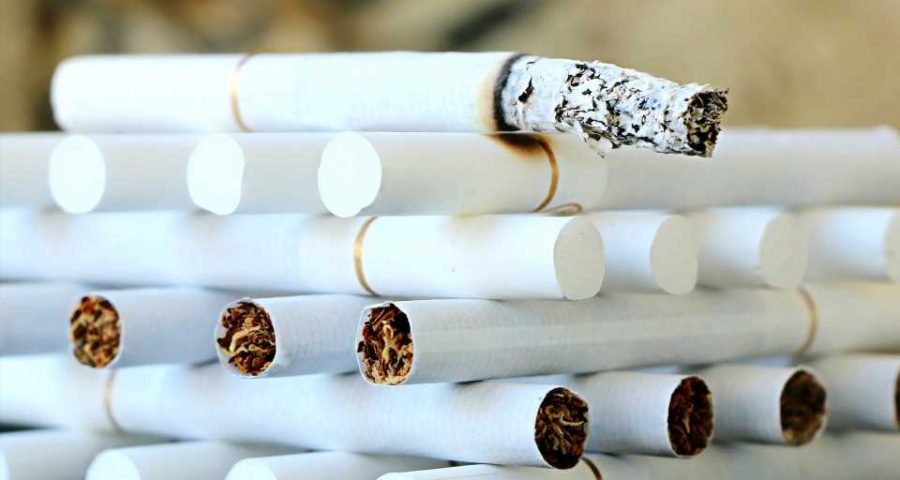
For the first time ever, researchers have attempted to map the supply chain of cigarettes, from farm to factory, in a new study published in the journal Nicotine and Tobacco Research.
The research, from experts at the Tobacco Control Research Group at the University of Bath, suggests that the global reach of major tobacco brands and their subsidiaries, including growers and manufacturers, has a direct impact on the degree to which the industry interferes with public health policies in specific countries.
Through analysis of the Tobacco Supply Chains Database with the Global Tobacco Industry Interference Index, the researchers found that countries where a higher number of transnational tobacco leaf company (TTLC) conducted tobacco farming via subsidiaries had weaker tobacco control measures.
For example, Indonesia and the United States, two countries that host a high number of TTLCs farming subsidiaries have high levels of political interference. These countries have not adopted the WHO’s international treaty for tobacco control, the WHO FCTC and they have weak enforcement, or weak bans, of tobacco advertising.
Conversely, countries such as Brunei and New Zealand, which the paper highlights have no TTLCs growing or manufacturing tobacco products, and comparatively low levels of tobacco industry interference.
In total, the study highlights 47 countries with TTLC subsidiaries carrying out agricultural activities (growing tobacco), 51 primary processing (processing tobacco leaves), and 74 secondary processing (manufacturing tobacco products).
The global nature of their operations gives these companies significant political power, the researchers argue. For example, it offers TTLCs a credible threat to leave a country if the government were to increase taxes.
Lead researcher Dr. Rosemary Hiscock said, “With this study we hope to draw attention to the trade-offs involved in hosting tobacco supply chain activities while also garnering support for governments and public health leaders particularly in low- and middle-income countries (LMICs). These countries have been found to be especially vulnerable to tobacco industry interference due to a lack of resources and political will.”
“Understanding how and where tobacco industries operate can help to bolster public health measures. For example, we know that comprehensive advertising bans reduce smoking uptake and increase quitting; advertising bans have been described as a cost-effective best buy and a cornerstone of tobacco control policy—yet we know such measures are often opposed in countries where the industry is also dominant.”
The researchers suggest that high-income countries and international bodies should pay close attention to the public health consequences of business activity in LMICs. They hope that by shining a light on this issue, governments can better understand the implications of supply chain activities on public health.
Co-author, Dr. Michael Bloomfield from the University’s Center for Development Studies added, “Ultimately by drawing attention to the reach of tobacco companies around the world, and their activities through subsidiaries, we hope policymakers are better equipped to respond to challenges put forward which can divert from life-saving public policies to reduce smoking and save lives.”
Hiscock and colleagues also call for TTLCs to regularly provide detailed, accessible and up-to-date information about their local supply chain activities. They hope the new research can boost international monitoring of tobacco industry activities and public health measures.
More information:
Rosemary Hiscock et al, Hosting the Tobacco Industry Supply Chain and Political Interference, Nicotine and Tobacco Research (2023). DOI: 10.1093/ntr/ntad178
Journal information:
Nicotine and Tobacco Research
Source: Read Full Article
